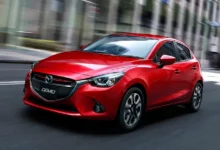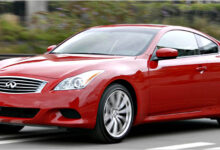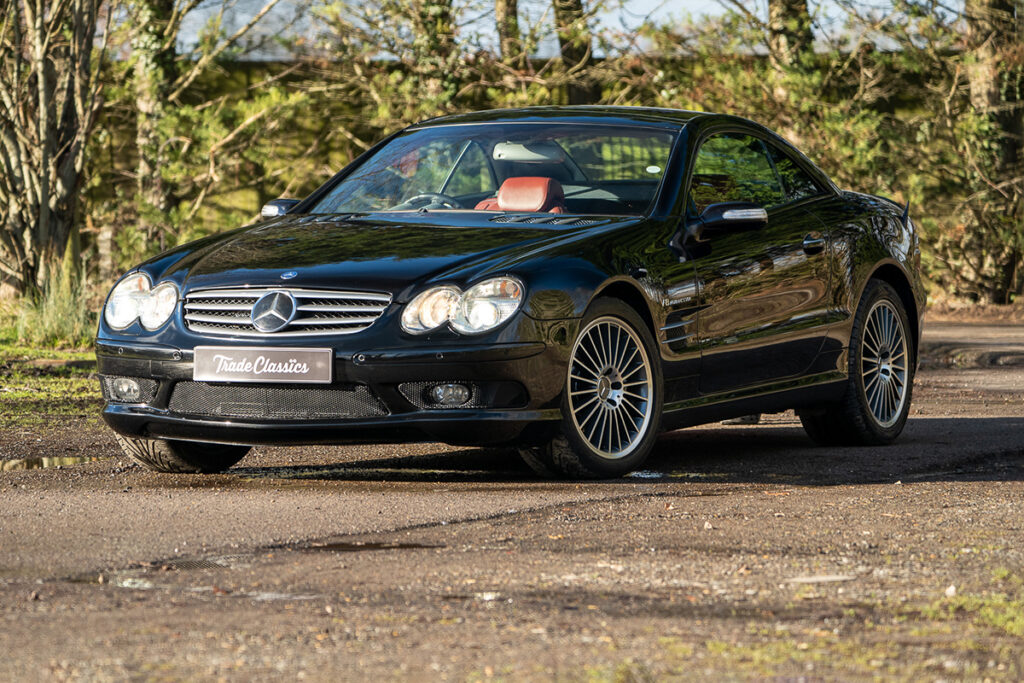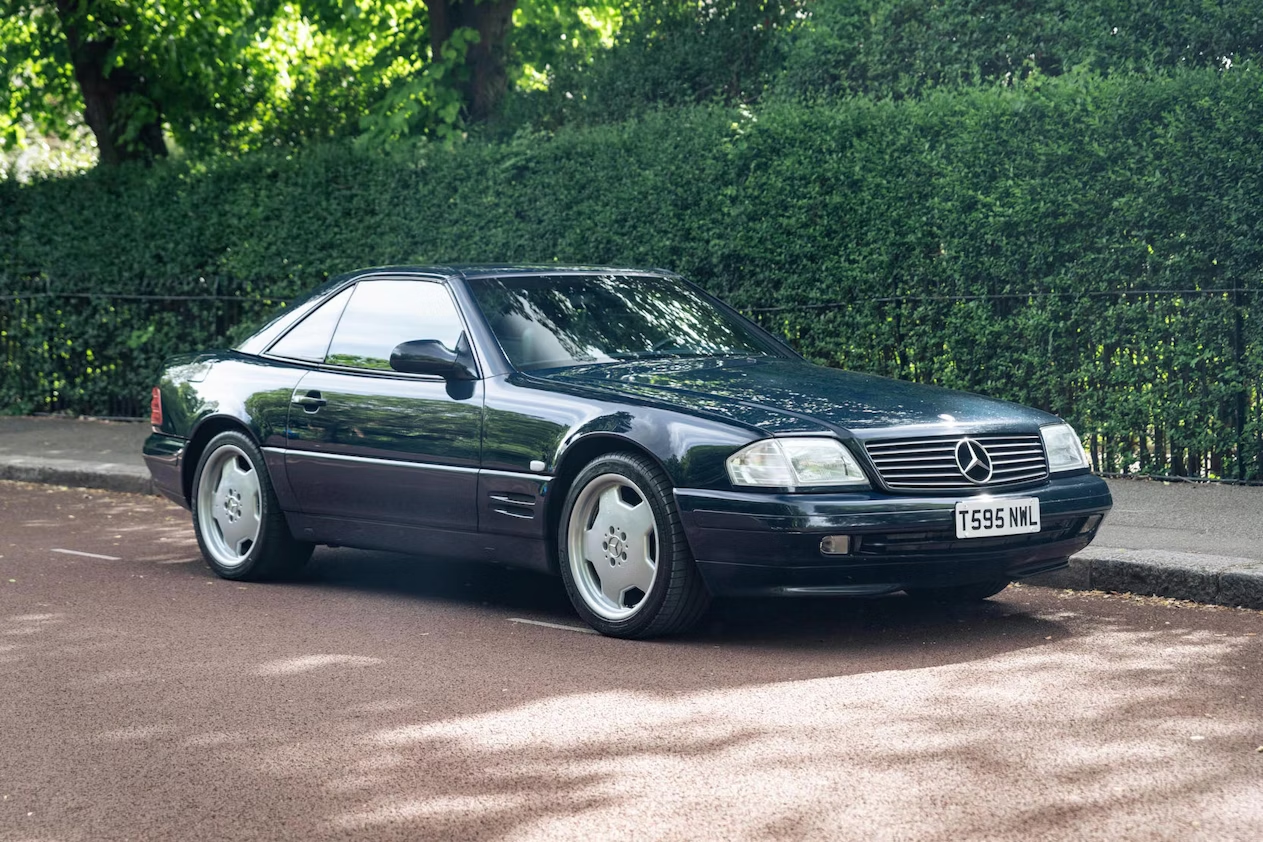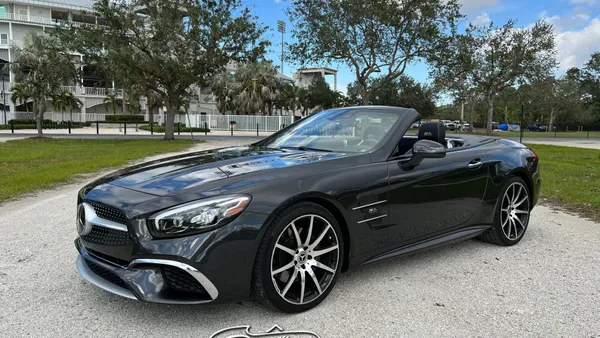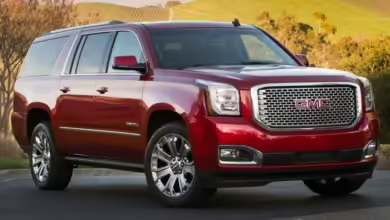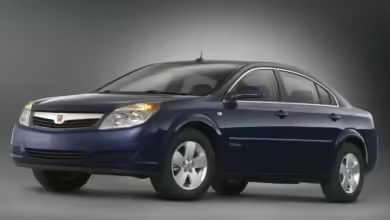Mercedes Sl Years To Avoid: Avoiding Troubles
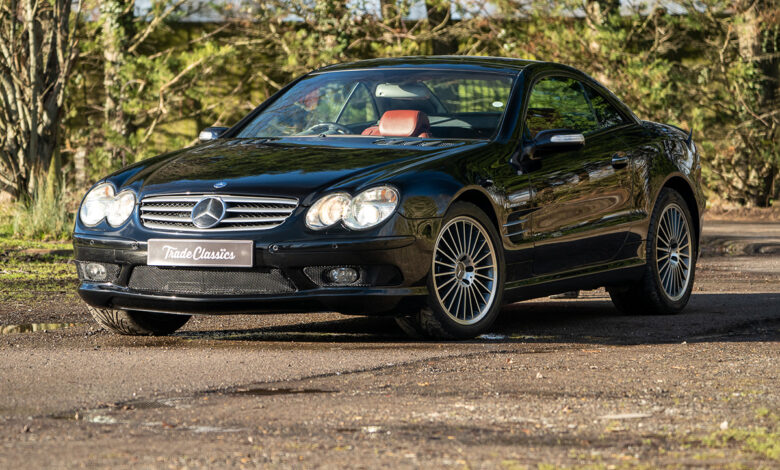
The Mercedes SL series is synonymous with luxury, performance, and timeless design. It’s a sports convertible that has captured the hearts of car enthusiasts for decades, known for its powerful engines, elegant styling, and high-end technology. However, while the SL series is generally well-regarded, not every model year delivers the reliability and experience one would expect from the Mercedes brand. Certain Mercedes SL years are best avoided due to a range of issues that can result in costly repairs, frequent breakdowns, and overall dissatisfaction.
In this guide, we’ll explore the Mercedes SL years to avoid, highlighting the main problems associated with each, as well as offering tips on how to identify and maintain your SL model for the best driving experience.
Overview of the Mercedes SL Series
The Mercedes SL has long been a standout in the luxury car market. F
Common Reasons to Avoid Certain SL Years
Various factors can contribute to some model years of the SL series being considered problematic. A few main issues that owners have reported include:
- Mechanical Problems: Recurring engine issues, transmission failures, and power steering problems have been common in certain SL models.
- Electrical Failures: Faulty electronics, including malfunctioning infotainment systems, sensors, and other electrical components, have plagued some years.
- High Maintenance Costs: Certain SL models require frequent repairs and expensive parts, resulting in higher-than-average maintenance costs.
These problems not only cause frustration for owners but also diminish the driving pleasure that the Mercedes SL is meant to provide. Understanding which years have been particularly problematic can help you avoid potential headaches and costly repairs down the road.
Related: Mercedes GLK Years to Avoid
2003-2006 (R230 Model) – The Troublesome Transition
The early 2000s marked a significant shift in the Mercedes SL lineup with the introduction of the R230 model. This era was meant to showcase modern engineering, with the SL featuring a retractable hardtop and a suite of electronic advancements. However, these Mercedes SL years to avoid quickly gained a reputation for reliability issues, especially with the 2003 and 2004 models.
The most glaring issue was the Sensotronic Brake Control (SBC) system, an electronic braking system that was innovative but prone to failure. When the SBC system fails, it can lead to a complete loss of braking power, a terrifying prospect for any driver. Additionally, the complexity of this system made repairs extraordinarily expensive, leading many owners to dread potential issues.
Moreover, the early R230 models were plagued by electrical problems across the board, from malfunctioning roof mechanisms to issues with the car’s wiring harnesses. These problems were not just minor annoyances—they were expensive and difficult to fix, leading to the R230’s poor reputation during these years.
1999-2002 (Late R129 and Early R230) – Cost-Cutting Consequences
The late 1990s and early 2000s were a difficult period for Mercedes-Benz as a whole, and the SL models of these years were no exception. The transition from the R129 to the R230 series was marked by significant cost-cutting measures that directly impacted the quality of the vehicles.
The late R129 models, particularly those from 1999 to 2001, began to exhibit the consequences of these cost-saving strategies. Build quality, once a hallmark of Mercedes-Benz, started to decline, leading to more frequent mechanical failures and issues with durability. Problems with the head gaskets, wiring harnesses, and even the body itself began to surface more frequently.
When the R230 was introduced in 2002, these issues did not disappear. Instead, they were compounded by the introduction of new technologies that were not yet fully refined. The early years of the R230, particularly 2002, saw many owners experiencing problems that were directly linked to the company’s previous cost-cutting efforts, making these models less reliable than their predecessors.
2012-2020 (R231 Model) – The Identity Crisis
The R231 SL, introduced in 2012, was supposed to bring the SL back to its roots as a luxury sports car. However, this generation struggled to find its place in the market. Despite significant weight reductions and advanced technology, the R231 was often criticized for being too soft and too focused on comfort rather than performance.
The problem was not so much with reliability—though it had its share of minor issues—but with the car’s identity. Stuck between the high-performance AMG models and the ultra-luxurious S-Class Cabriolet, the R231 SL found itself without a clear audience. It was neither sporty enough to attract performance enthusiasts nor luxurious enough to lure in those seeking the utmost in comfort.
This led
Reliable SL Model Years: How They Differ
While some years are best avoided, many SL models have lived up to the brand’s high standards. For example, the 2017 SL is often praised for its improved reliability and modern features. It introduced a new V6 engine option with better fuel efficiency and a revamped suspension system, addressing some of the common complaints of earlier models.
Comparing these reliable years to the problematic ones reveals key differences in engineering, build quality, and the use of newer technologies. The more dependable models usually have fewer recalls, better safety features, and are equipped with more durable components.
Buying Guide for SL Models
If you’re set on purchasing a Mercedes SL, here are some practical tips to help you avoid the problematic models:
- Check Maintenance Records: Look for evidence of regular servicing, especially for known issues related to the model year you’re considering.
- Inspect the Suspension: Pay close attention to the condition of the ABC suspension system in older SL models, as it is a known weak point.
- Use VIN Check Tools: These can reveal any recalls, major repairs, or accidents that the car has been involved in.
Maintaining a Mercedes SL: General Tips
Even if you end up with a model year that has a few issues, proper maintenance can alleviate problems. Regular oil changes, prompt repairs of any warning lights, and servicing the suspension system can prolong the life of your SL. Always address small issues immediately to prevent them from turning into costly repairs.
